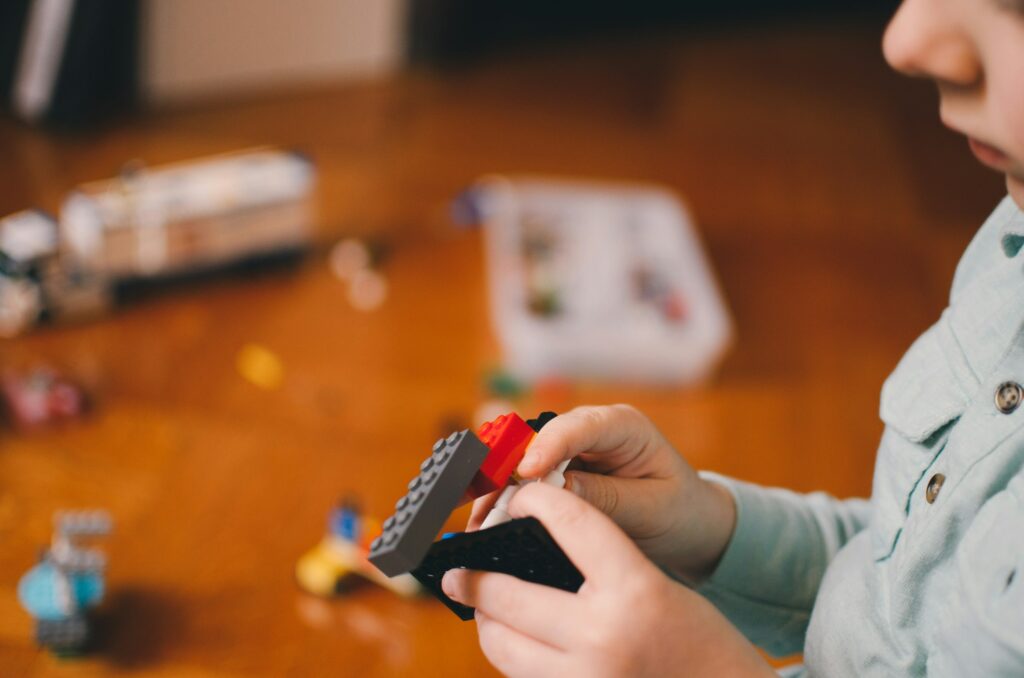
Whether students have read this book before or have never heard of the Gruffalo, this is a lesson that is designed to keep students engaged during its entirety.
Teachers, use your discretion with your class in what methods would fit the students best. Attached is an image bank from the picture book: ‘The Gruffalo’ by Julia Donaldson and Axel Sheffler.
Print out the images and cut them so that they are all individual pictures. You may do this for each group that will be working together. I recommend putting students into groups of 2-4.
Once students have the images in front of them. The objection will be explained. All groups must organize their images into a timeline, explaining how they believe the story runs its course. Whether they are true to the original story or not will not matter. When all groups are finished, they will gallery walk around the class, looking at other students timelines. Each group will then explain their reasoning behind the timeline that they created.
Students will be assessed on the making of their timeline; not how accurate it is to the original, but if they have a clear Beginning, Middle, and End.
Students may also do a written portion, describing their storyline in their own words. Here, teachers may assess spelling, grammar, and structure.
If students are ELL students, or students that may have an IEP, then the assessment of creating the physical timeline maybe the assessment itself.
Again, the objection is for students to create their own story from the images provided.
After all groups have presented in their own form, the class will read the true storyline of the book: ‘The Gruffalo’.
Online book link: https://online.flipbuilder.com/rslc/tadp/
Attached are the images that are used in this lesson.


